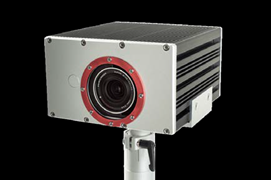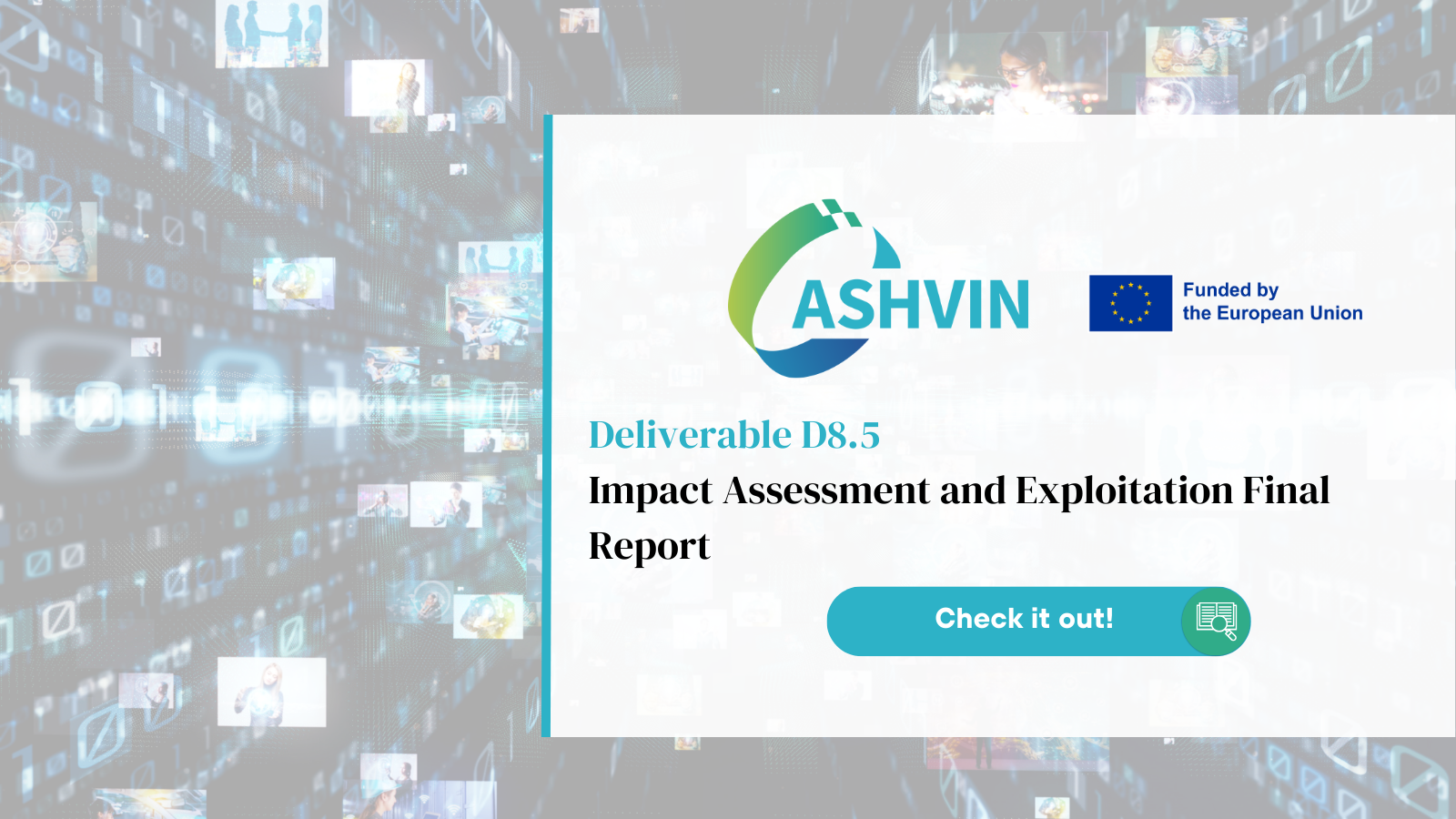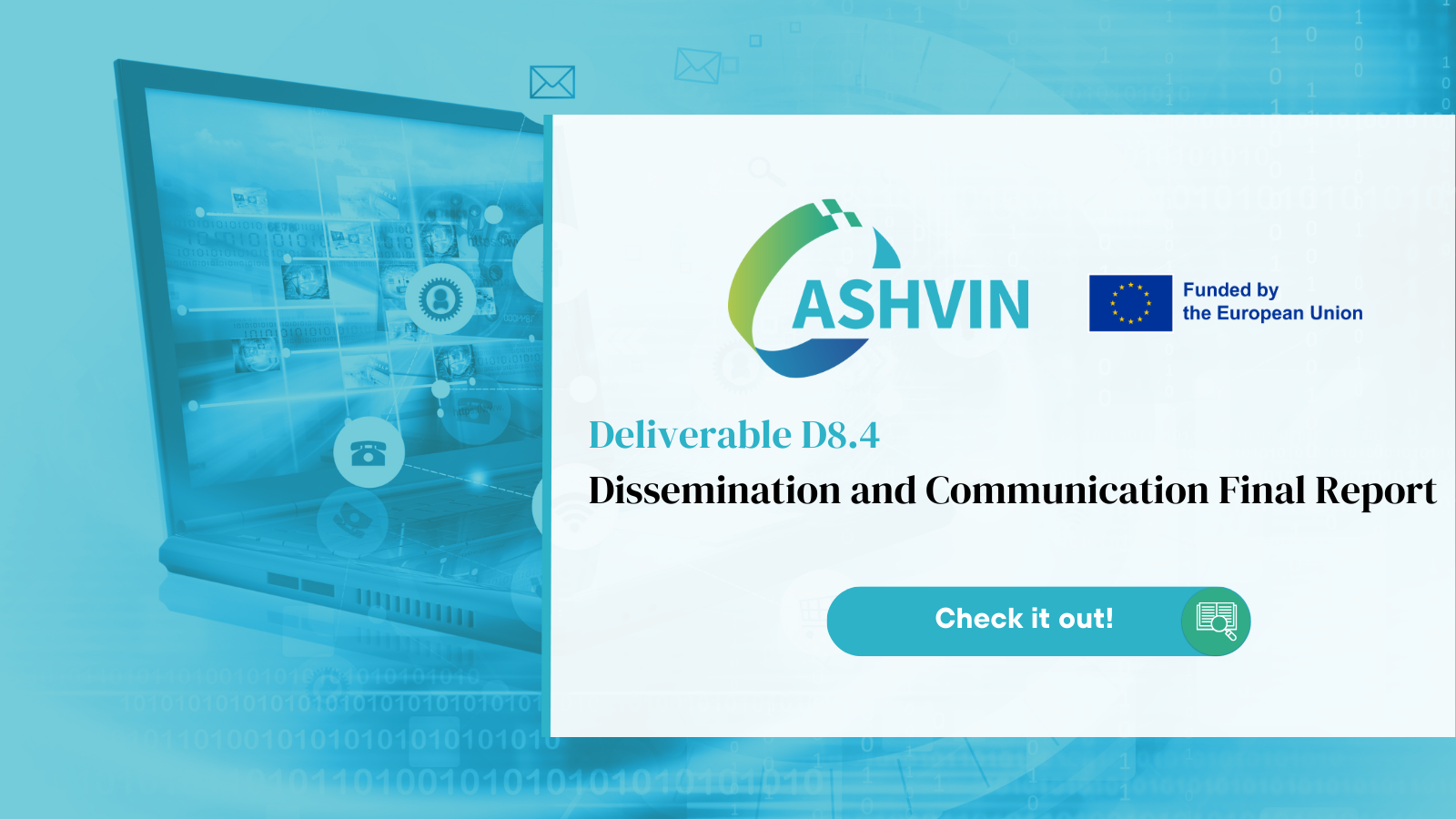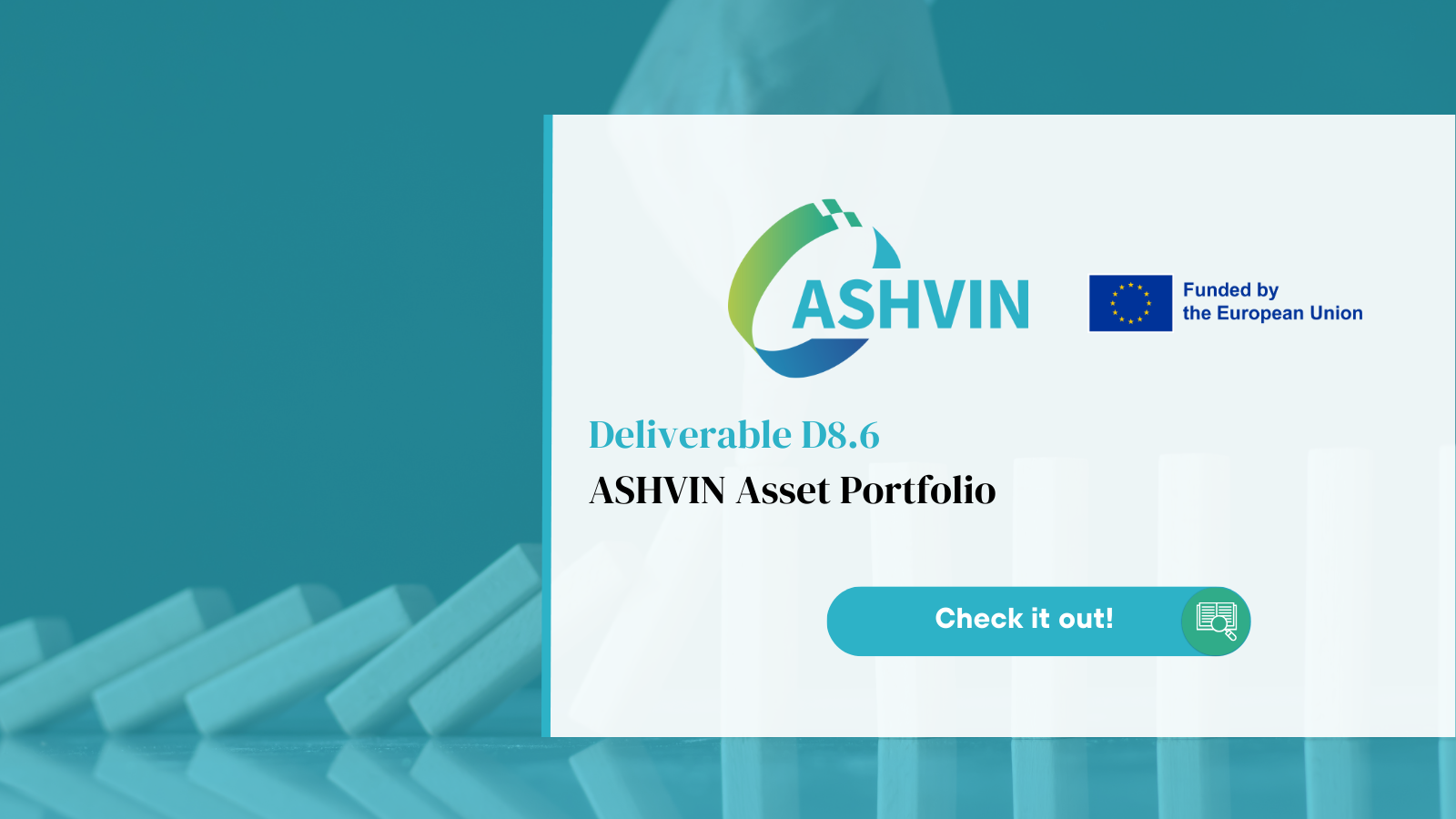ASHVIN WP3 “Data fusion for real-time construction monitoring” develops novel algorithms for extracting the required features that are mapped from the real world to the simulated reality. Deliverable 3.1 entitled “Visual analysis for real sensing” was published in September 2022 along with 11 other technical deliverables defining the ASHVIN system. It is related to task 3.1 on “ Image processing & video analysis” that focuses on achieving high accuracy initial imagery data that will be forwarded to a higher level of implementations for producing the “Digital Twin”.
This deliverable reports all the algorithms that have been deployed for extracting features of the constructions and comprise the baseline for the higher level of implementations.
Firstly, it presents the developments made with respect to the 3D representation pipeline that were deployed and applied to demo sites #1, #4, #6 and #7 including bridges and industrial buildings. These include tools for Structure from Motion and Dense 3D point cloud generation on images captured in ASHVIN demo sites. Furthermore, a single image 3D depth prediction pipeline is presented.

Secondly, the report presents the approach and implementation carried out to develop an AI-based defect detection service with pixel segmentation. The aim was to detect and pixel segment different types of defects that are present in realistic inspection scenarios in demonstration site #3 at the Zadar airport’s operational areas. Convolutional neural network architectures were trained and validated.
Finally, the report presents the results of the training and implementation of a state-of-the-art object detection algorithm to detect objects at construction sites for monitoring the construction progress. The implemented model was applied to images obtained from demo site #4 targeting the construction of an industrial building and is based on the YOLO v5 detector.
Download the entire report in Open Access via Zenodo.
For more information, visit our Digital Toolkit Page, and connect with us through our LinkedIn or Twitter communities!





